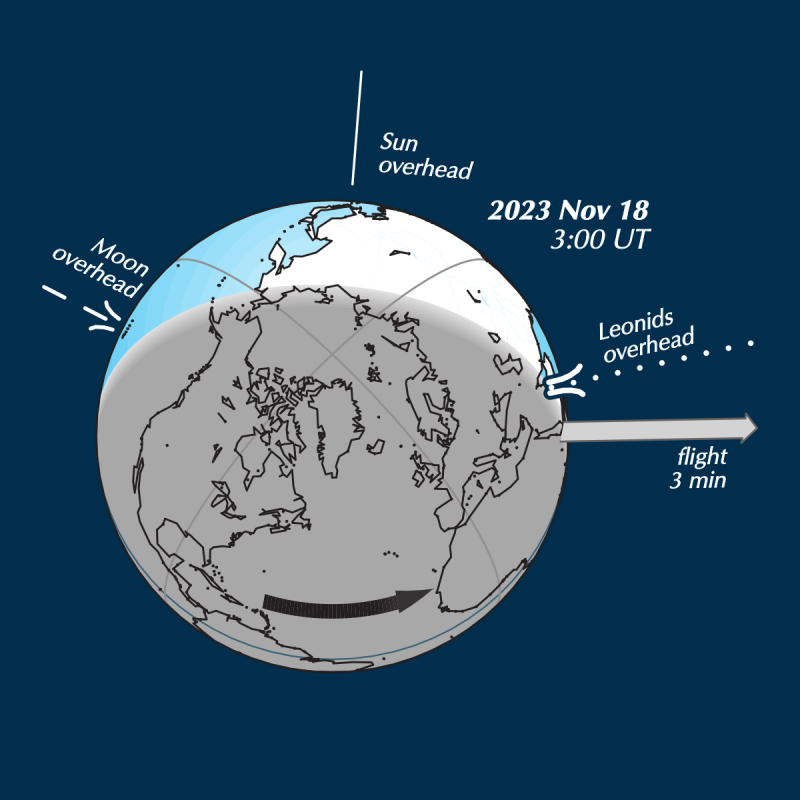Lukasz
Jedi Master
There will be three meteor showers at their peak this November. Southern Taurids, Northern Taurids and the Leonids. The latter may be a candidate for a surprise meteor storm.

 earthsky.org
earthsky.org

Old woodcuts depicting the 1833 Leonid meteor storm

Leonid meteors viewed from space in 1997
| November 5-6 | Southern Taurids Meteor Shower Predicted Peak |
| November 11 through 13 | Northern Taurids Meteor Shower Predicted Peak |
| November 18 | Leonids Meteor Shower Predicted Peak |
The famous Leonid meteor shower produced one of the greatest meteor storms in living memory. Rates were as high as thousands of meteors per minute during a 15-minute span on the morning of November 17, 1966. That night, Leonid meteors did, briefly, fall like rain. Some who witnessed it had a strong impression of Earth moving through space, fording the meteor stream. Leonid meteor storms sometimes recur in cycles of 33 to 34 years. But the Leonids around the turn of the century – while wonderful for many observers – did not match the shower of 1966. And, in most years, the Lion whimpers rather than roars.

| EarthSky
Old woodcuts depicting the 1833 Leonid meteor storm
Leonid meteors viewed from space in 1997

